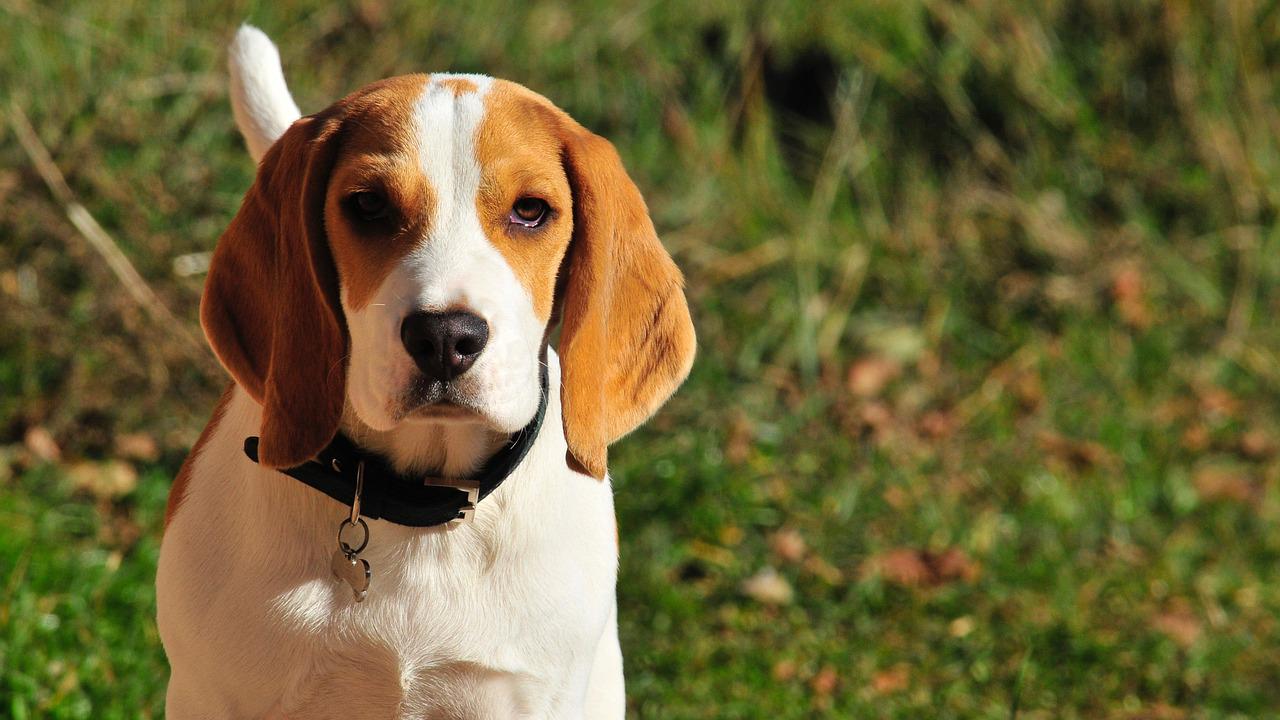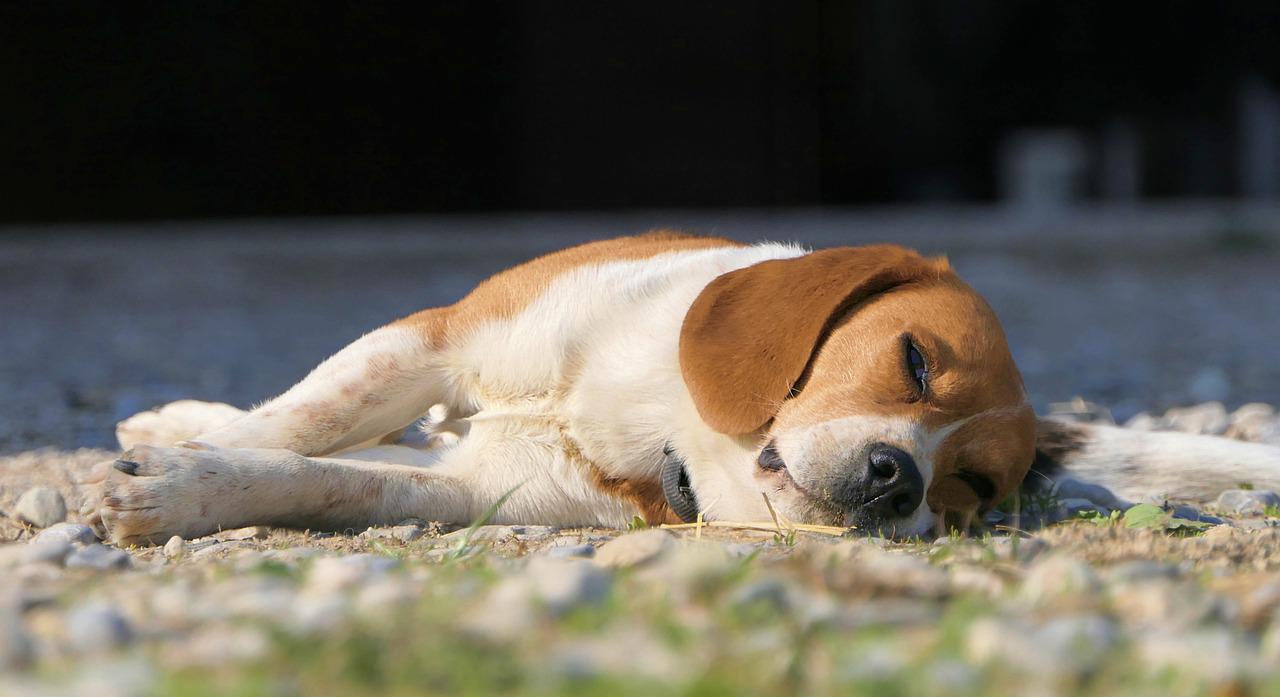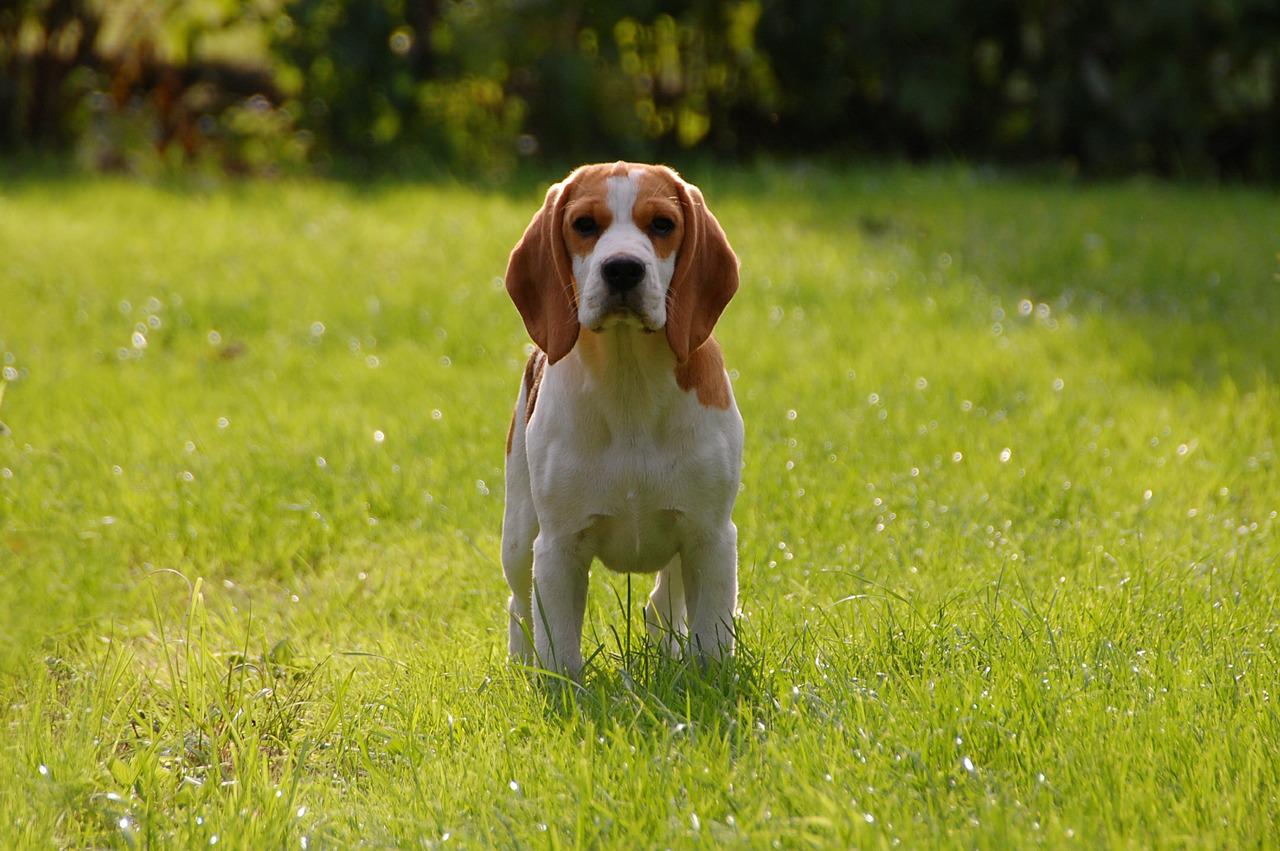Teaching a dog to lift a paw is easy and fun. Use a treat or praise to reward your dog every time he lifts his paw. Repeat with the other paw. Repeat as needed until your dog understands that raising a paw is a good thing. Once the dog has mastered the action, try teaching your dog how to shake his paw with the other paw.
Reward a dog for lifting a paw
One of the best ways to encourage your dog to lift his paw is by holding out your hand, and when his paw touches your hand, immediately give him a treat. Repeat this process until your dog is reliably placing his paw on your hand. If your dog hesitates, try holding out his hand without the food. Your dog will learn quickly that he must lift his paw to receive a reward.
When teaching your dog to lift its paw, begin by placing a hand in front of it. As your dog approaches the hand, verbally mark their attention. When they reach your hand, reward them. You can also use a tossing treat near the platform to get their interest. If your dog gets a treat and lifts his paw, use this method to teach him to lift both paws.
Reward a dog for shaking with the other paw
If you want to teach your dog to shake with his opposite paw, use positive reinforcement. For example, you can give your dog treats if he does so on cue. Using food treats will work particularly well for this purpose, so you should make sure that he cannot resist them. Then, reward him with a treat after he has successfully shaken his other paw.
When your dog lifts his paw, immediately give him a treat. If he bats at your hand, he is likely to think that he has a treat in his mouth. When he does, hold out your hand and say, “good,” and then grab his paw and give it to him. Keep repeating this action until your dog associates shaking with the other paw with treats.
Reinforce a dog with a treat
In addition to training your dog to stay on command, reinforcing a dog paw behavior with a treat is a fun way to reward your pet. When you give a treat to your dog for pawing, be sure to deliver the treat at the moment when your dog gives you its paw. This way, your dog will not associate the reinforcer with the behavior you want to reward. For example, if you want to reward your dog for following you to the pantry, follow him and he will associate the treat with the behavior.
For reliable behavior training, try intermittent reinforcement. The idea is to reward your dog three times in four days. This way, your dog will associate the behavior with the treat, instead of getting it every time it does it. Intermittent reinforcement can also include giving a treat for lying by your feet or chewing on a Kong toy. This will ensure that your pet learns to expect the treat before it gets hungry or needs a bathroom break.
Praise a dog for lifting a paw
If you notice your dog raising its paw, you might be wondering how to reward it. In general, a dog’s paw lift signals a positive emotion, such as anticipation or curiosity. It is often followed by a head tilt, which shows that the dog is waiting for something good. It is easy to understand why your dog would raise its paw when you offer him a tasty treat or a sandwich.
First, you should wait for your dog to lift its paw. If the dog isn’t moving its paw when you’re holding it, he’ll most likely refuse to lift it. You should present an open hand near the wrist and give it a minute or two to decide what to do. Then, give your dog a treat or praise. Once your dog lifts its paw, mark the behavior.
Similar Posts:




Leave a Comment